We may receive a commission when you use our affiliate links. However, this does not impact our recommendations.
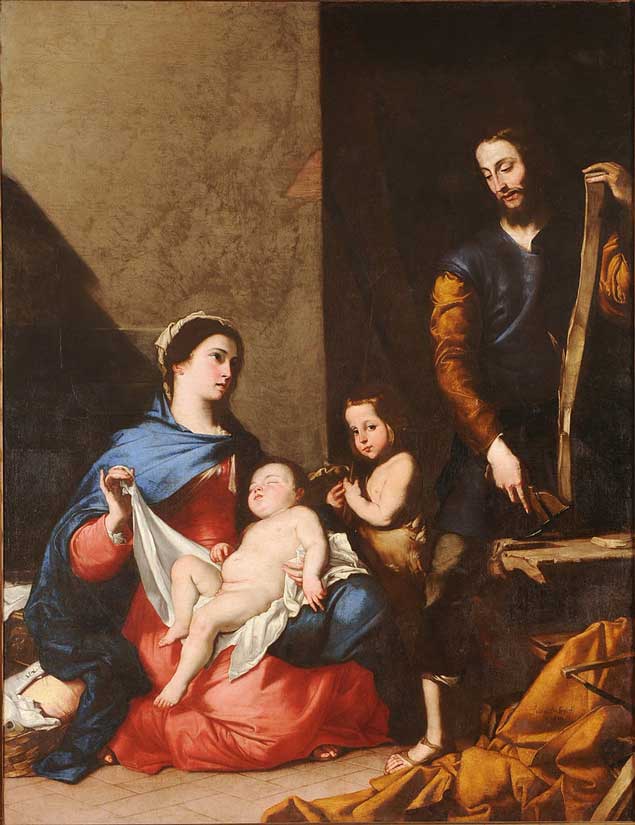 During the last decade I’ve amassed hundreds of images of early workbenches as part of my research into pre-industrial woodworking. Inevitably, some of the images don’t make a lot of sense and now populate a folder named: X-Files.
During the last decade I’ve amassed hundreds of images of early workbenches as part of my research into pre-industrial woodworking. Inevitably, some of the images don’t make a lot of sense and now populate a folder named: X-Files.
These workbenches are from paintings and their features might be the result of a painter who doesn’t know much about woodworking. Or they could be a clue to a simple and neglected workholding device.
More times than not in the last decade, I’ve found that the painters weren’t idiots. What they depicted was accurate and – if you replicate the painting in your shop – you might just be amazed. A lot of these little discoveries will be in my forthcoming book “Roman Workbenches” and were dug up by researcher Suzanne Ellison.
This post, however, is about the X-Files. The benches I can’t quite decipher.
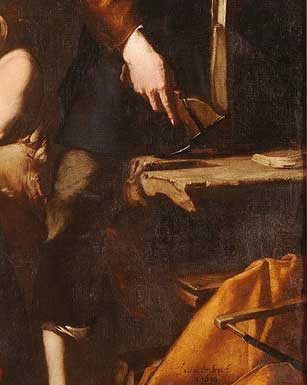 X-File 1: A Weird Notch
X-File 1: A Weird Notch
The image at the top of this bench shows the “Sacred Family” – Joseph, Mary and Jesus. Joseph’s low bench has a notch in the end that looks too regular to be a split or end check. But to me, it’s odd. It’s the correct length for a “ripping notch” on the end of a sawbench. But it’s the wrong shape – ripping notches usually have a V-shape to make them easier to use.
Another possibility is it’s a notch used for tenoning. You put the work in the notch and secure it with a wedge. But the notch is too narrow for this and driving a wedge in there would likely split the narrow benchtop.
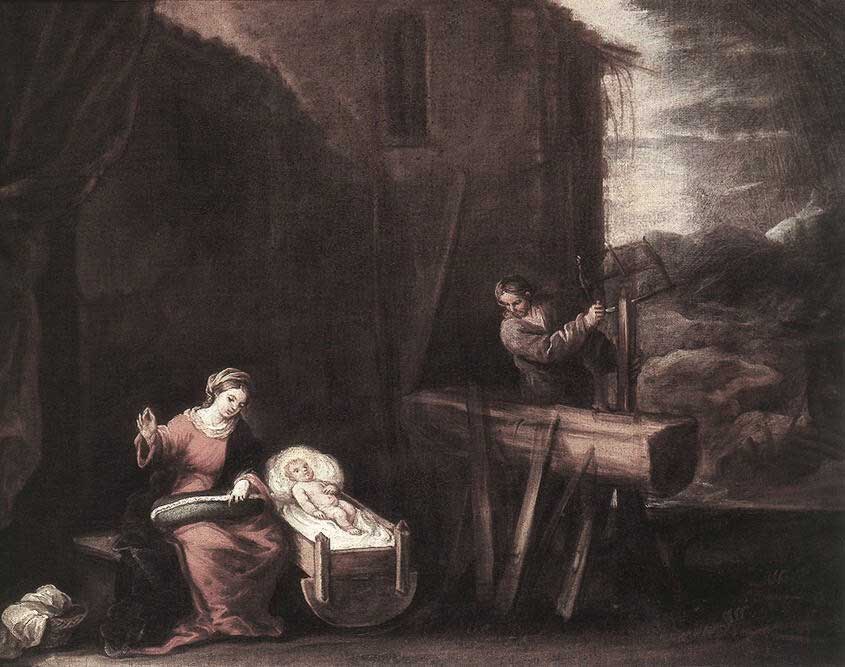 X-File 2: A Ghostly Scrap
X-File 2: A Ghostly Scrap
In this painting, again of the Sacred Family, Joseph is sawing stock that is likely clamped in a face vise (these are a common sight in these paintings). What is somewhat curious is the piece of wood on the bench. Is it part of the workholding? Or just a scrap?
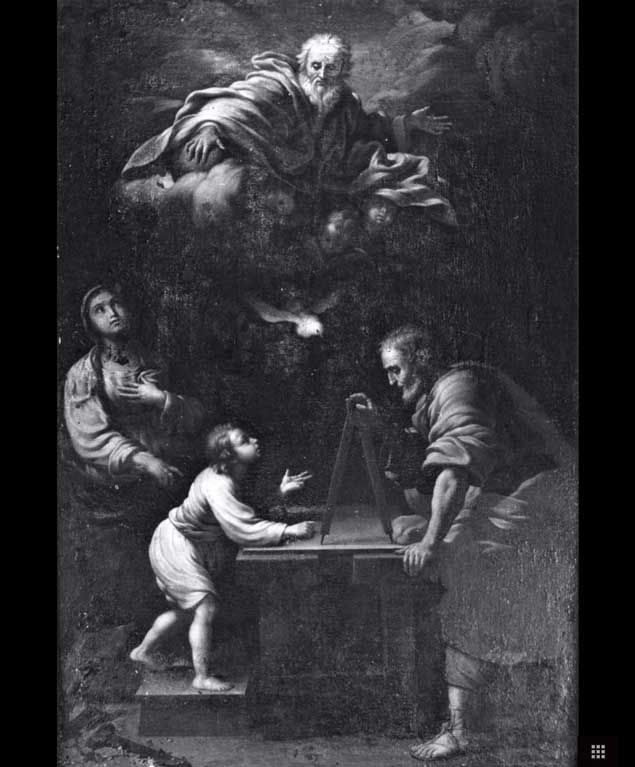 X-File 3: Another Notch
X-File 3: Another Notch
This notch seems set up for tenoning as described above. It’s the right size and shape, but it’s in an odd position. Usually these notches are on the long edges of a workbench – not on the ends. I will replicate this notch on one of my benches and give it a try.
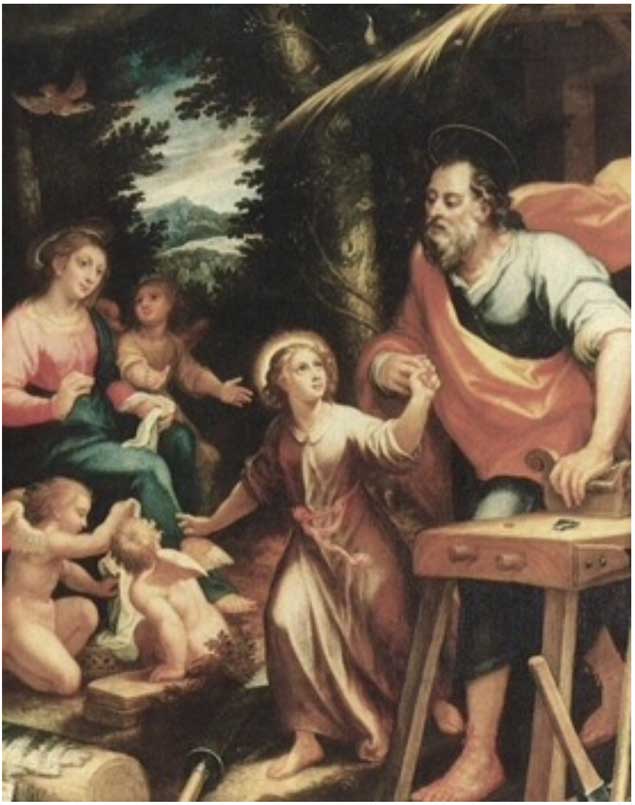 X-File: Weird Knobs
X-File: Weird Knobs
Are these two pegs on the end of the bench used for something other than hanging stuff (holdfasts, bench brushes etc.)? What sort of use could they have other than the obvious?
— Christopher Schwarz
If you like old-school workbenches, you might like my book: “Workbenches: From Design & Theory to Construction & Use, Revised Edition.”
Here are some supplies and tools we find essential in our everyday work around the shop. We may receive a commission from sales referred by our links; however, we have carefully selected these products for their usefulness and quality.









#3 is looks like a split top roubo with a piece of paper on it…
I see the pins as a ending tool. Either to straighten thin stock, or bending iron. Can’t be too big or the lever tilts the bench. Could the pins be used to hold stock for a spoke shave?
Never underestimate artistic license. While most artists try to replicate what they see in their “mind’s eye,” reality is always the bug in the process, i.e. Audubon’s “bendy” bird portraits in order to fit them to the canvas size he had available. In all of the included paintings, the benches are but symbols of a humble profession belonging to the Christ child’s “earthly” father. That said, give ‘er a go and let us know what you come up with. Your leaving no stone unturned is admirable from an intellectual pursuit. For a little more context see Rene Magritte’s “Ceci n’est pas une pipe”.
The Ghostly Scrap looks like a plane. There is a wooden wedge where one would be expected. Is that likely for its time frame?
For X-file 1 when I zoomed in on it, (the mystery notch), it looked to me like a closed pair of dividers sitting upright on edge as there it looks like a round metal joint seems to catch a rounded glint of light (on the left) has long sides that taper to a point on the right. (Or maybe a marking knife) When I look at that as a tool the perspective to me makes the bench top look nice and flat as I’d expect on a workbench. If I try and picture that as a notch to me the perspective seems off like each side of the notch is not quite planer which also makes me think it is a took and not a notch.
It’s interesting that Joseph is using a hand adze to seemingly taper a fairly curved/crooked piece of wood. (Here’s a pic of a similar sort of adze https://s-media-cache-ak0.pinimg.com/originals/87/dc/77/87dc77b795950ee67033b453a511440e.jpg )
While I don’t think #1 was a notch, I do want to note something in Timber Framing we call ‘pants’ which is used to examine the quality and size of a tenon. (Photo of a pair I use in my work here:
https://twitter.com/TheRainford/status/800398920190980096 ) We use plywood for dimensional stability but its essentially a piece of wood with an accurate rectangular notch cut it it which you can slide onto a tenon and check it for size. I have no idea when this was first used and assume its a fairly old technique though not well documented in any literature I’ve seen. I mention it only in case you see something similar show up on a carpenter’s bench as a small square wooden bit. I’ve never seen one built into a bench as it would be ungainly to move big timbers around to test them but if a carpenter were building say many braces on a regular basis I could see something like that being a time saver and a quick check before putting it on the ‘done’ pile.
For X-File 4 — Weird Knobs I agree with ‘sirlurk_calot’ that I would guess they are riving pins
Xfile 1 and 3 the notch could be used as a riving brake. The piece Joseph is working in xfile 1 made me think of this. In xfile 3 the notch looks wide enough to angle a board to be riven (or even sawn.). The dowels in the last bench could be for the same reason as the notch. You don’t need to cut into the bench just create a “notch” it can be done with two dowels.
In the holy family picture, if you’re talking about the dark area beneath Joseph’s hand, I think that’s a shadow of his hand and tool.